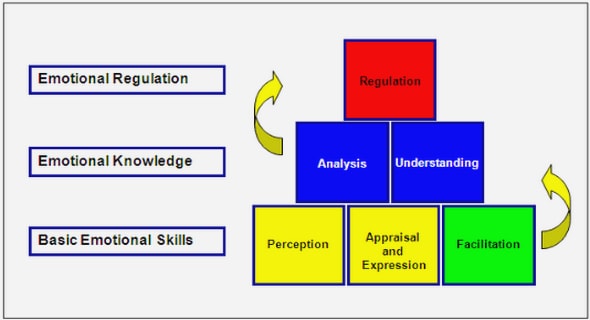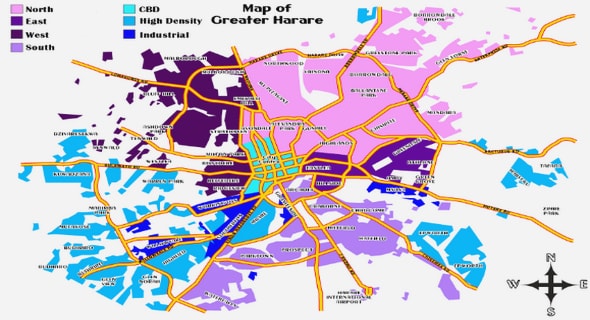Get Complete Project Material File(s) Now! »
Deconstruction
Jacques Derrida formulated the approach of deconstruction for literary study. According to him, certain traditions or discourses dominate Western thought to the extent that it impedes other possible ideas and alternatives. Deconstruction seeks to undo (and not destroy) these dominant traditions in order to bring the alternatives to the fore (Lechte, 1994:107-109). Deconstructionism holds that we know reality only in language, but that this is an “unreal reality” like a game that is played, not against the background of a fixed, stable reality, but rather a field of freeplay and infinite substitutions. It differs from structuralism in the sense that it does not view the text as an independent unit that influences the subject, but views both the subject and the text as part of an intertextual world (Heelas, 1998:8; Herholdt, 1998b:453-454). Kotzé & Kotzé (1997:8) explains that one of Derrida’s central methodological devices to accomplish this feat hinges on the notion of placing a term under erasure (sous rature). A word is literally first written and then erased, keeping both the erased word and the word itself simultaneously. The erasing is a strategy to accentuate that the term is both needed and not needed at the same time.
The Insider/Outsider Problem
Scholars disagree on how easy or even possible it is to bridge the gap between the subject under study (in this case African religion) and the researcher who studies it. How can the researcher enter into the experiences and meanings of another, access the private moments of human perception, bridge the gulf between subject and object? (McCutcheon,1999:3) This problem has been answered in at least four different ways. Following the nineteenth century distinction between Geisteswissenschaften and Naturwissenschaften, the first effort focussed on the human spirit – human desires, hopes, fears; human meanings and intentions as a possible bridge between the subject and the object. The phenomenological research method empathetically described human behaviour in an (rather optimistic) attempt to understand and interpret others’ experiences (McCutcheon, 1999:3). A second option considered the scholar’s ability to get inside the subject as virtually impossible and instead concentrated on developing theories capable of explaining the complex patterns of human behaviour. Coinciding with the development of psychoanalysis, this reductionist approach is based on studying only that which can be observed empirically. The goal is to determine the causes and regularities of human actions and beliefs, which may differ from the explanations that the insiders themselves supply for their actions (McCutcheon, 1999:4). Where the focus on only studying private experiences seems to validate the claims of the insider all too quickly, and where the emphasis on developing explanatory theories can all too easily dismiss insiders claims, the third option attempted to remain neutral when it comes to questions of truth and value but emphasised issues of accurate description and comparison at the expense of drawing value judgements. The methodological agnosticism simply described the diversity, similarity and utter complexity of human behaviours and beliefs but avoids asking all questions concerning the truth of someone’s claims (McCutcheon, 1999:6-8). In addition to these three positions (empathetic, explanatory, agnostic), there is a fourth approach to the insider/outsider problem. It agrees in part with the first option: it is indeed important to study the inner states and experiences of free, creative human beings. However, it also agrees in part with the second: there is a significant gap between the researcher and the subject. Finally, it differs significantly from the third in that the researcher and the subject alike are both seen to be enmeshed in the human situation, making this much sought after neutrality a mere illusion. “The conclusion in this case is that the experiences that we as scholars are able to study are none other than our own.” (McCutcheon, 1999:8)
CHAPTER 1: INTRODUCTION
1.1 Research problem
1.2 Aim of study
1.3 Motivation and relevance
1.4 Research method
1.5 Outline
1.6 Departure points and limitations
CHAPTER 2: THEORETICAL FRAMEWORK
2.1 Postmodernism
2.2 Postmodernist approach to religious studies
2.3 Definitions and terminology
CHAPTER 3: TRADITIONAL CHRISTIAN IMAGES OF RECONCILIATION
3.1 Introduction
3.2 The Old Testament
3.3 The New Testament
3.4 Three Models
3.5 Evaluation of models
3.6 What about new models?
3.7 Conclusion
CHAPTER FOUR: AFRICAN VIEWS ON RECONCILIATION
4.1 African Theology
4.2 Traditional African Religion
4.3 Reconciliation myths and rituals
CHAPTER FIVE: RELIGION AND RECONCILIATION: COMPARATIVE ANALYSIS
5.1 Preliminary observations and considerations
5.2 The South African situation
CHAPTER SIX: RECONCILIATION MODELS AND RITUALS
6.1 Evaluation and appraisal
6.2 Personal understanding
6.3 The South African context
CHAPTER SEVEN: CONTOURS OF A NEW UNDERSTANDING AND PRAXIS OF RECONCILIATION
7.1 Africa’s contribution to the understanding of reconciliation
7.2 New liturgies and rituals
CHAPTER EIGHT: CONCLUDING REFLECTIONS AND REMARKS
8.1 Validity of study
8.2 Treasure at home
8.3 Practical value
8.4 Suggestions for further investigation
BIBLIOGRAPHY

